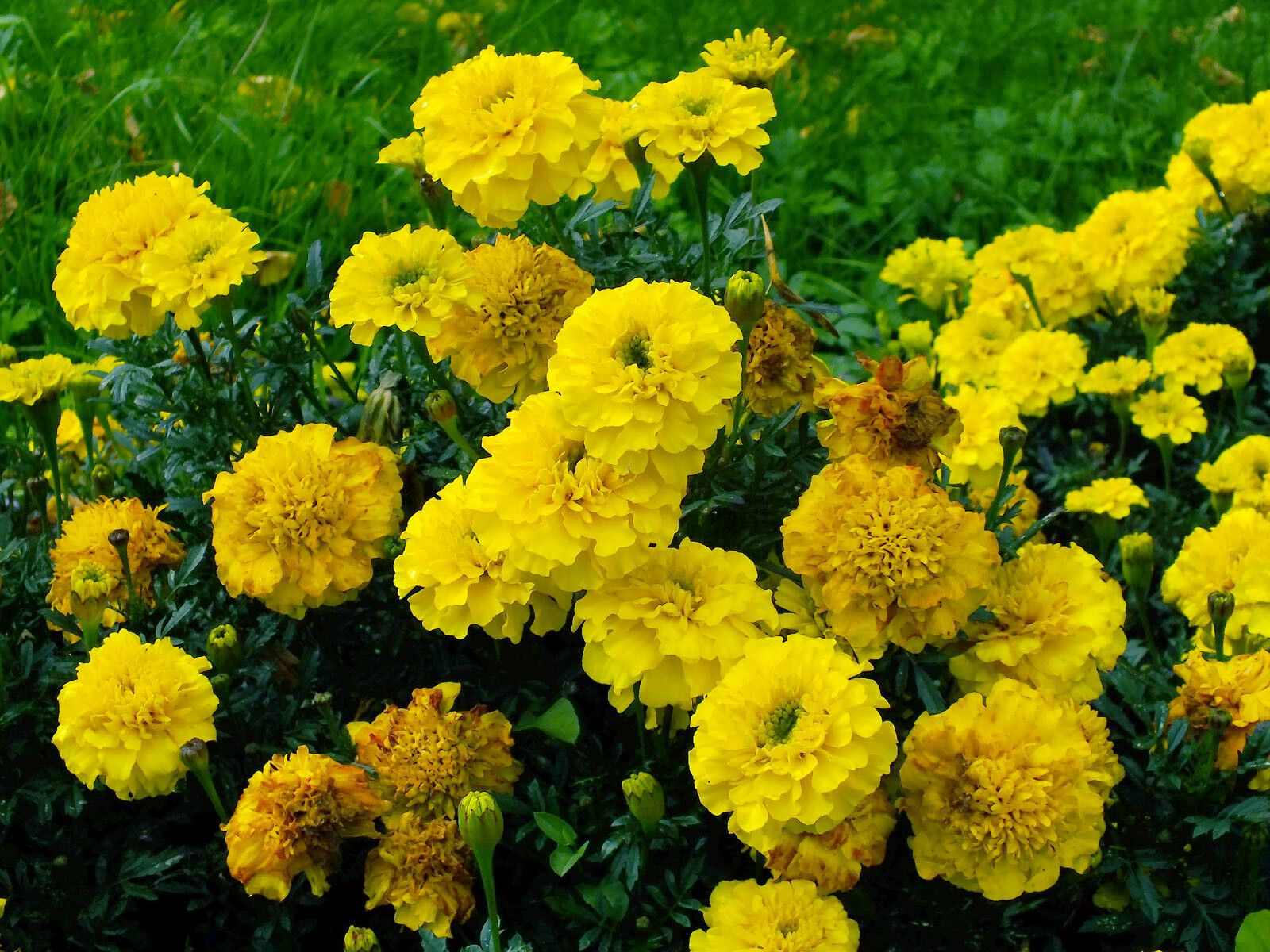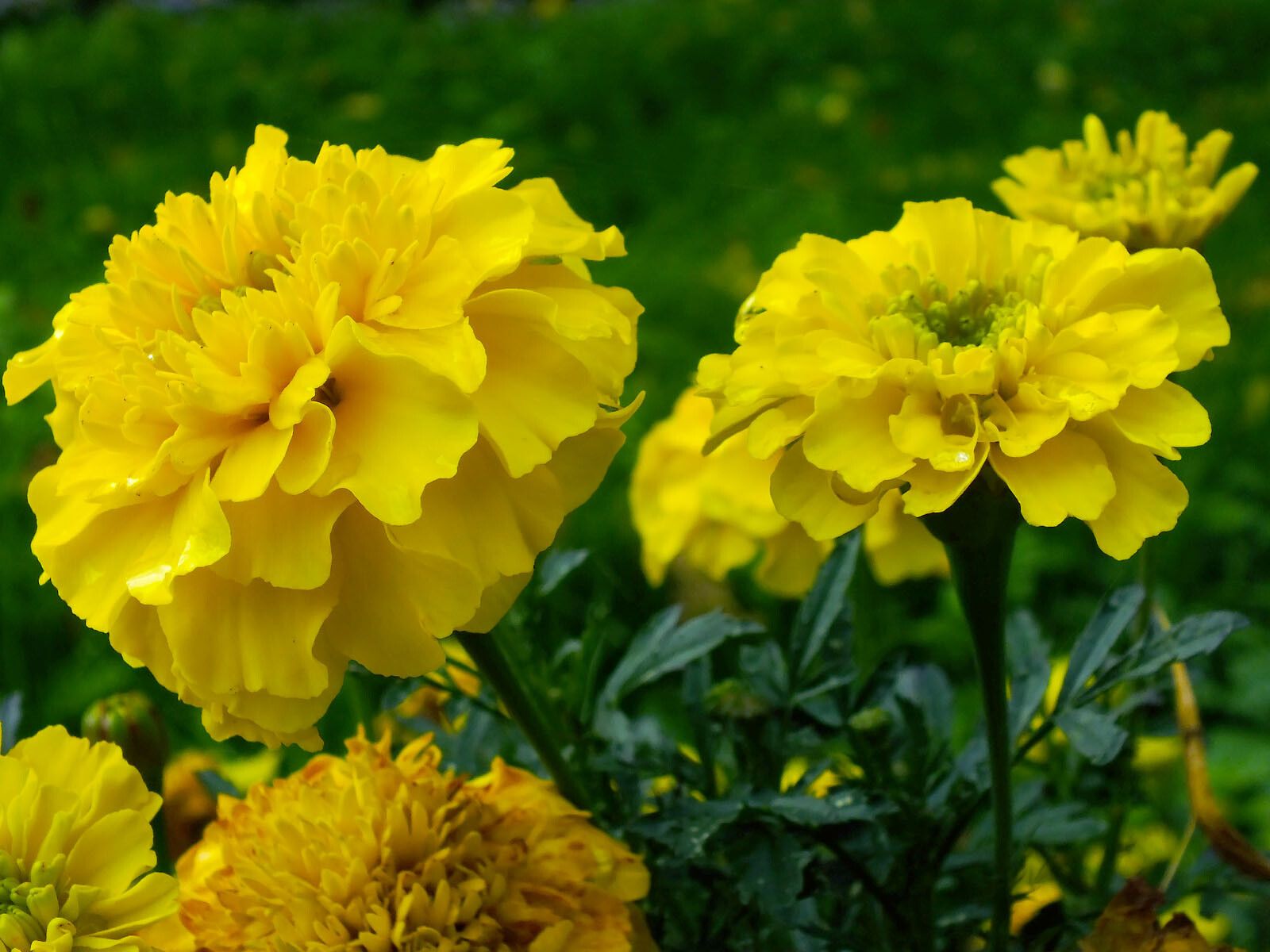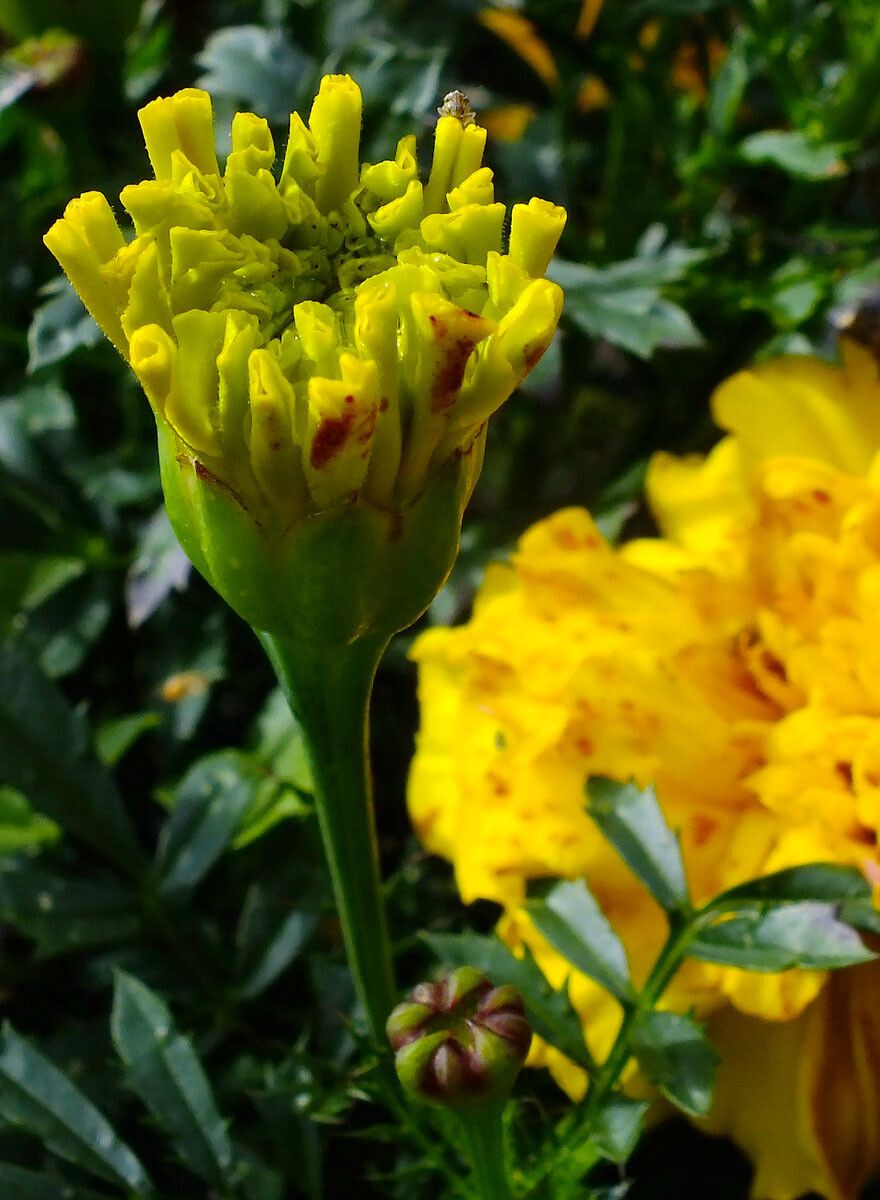Observation
Détermination
Détermination proposée
Suggérer une autre détermination
Vous n'êtes pas d’accord avec l'espèce suggérée mais vous n'avez pas d'autre suggestion
Commentaires
Données complémentaires
Date de création
3 oct. 2022
Dernière révision
9 oct. 2023
Łódź, Botanical Garden
It is native to Mexico and Central America.
Ornamental plant.
Bees feeding plant.
Edible plant - the petals of the flowers of some varieties can be eaten; the fresh receptacle is eaten by children (!); a yellow dye obtained from the flowers can be used as a saffron substitute for colouring and flavouring food; was used by the Aztec nation to flavor cacao.
Herbal plant - the whole herb is anthelmintic, aromatic, digestive, diuretic, emmenagogue, sedative and stomachic; it is used internally in the treatment of indigestion, colic, severe constipation, coughs and dysentery; externally, it is used to treat sores, ulcers, eczema. sore eyes and rheumatism; a paste of the leavs is applied externally to treat boils, carbuncles and earaches; the flowers are carminitive, diuretic and vermifuge, a decoction is used to treat colds, and mumps, applied externally to trea skin diseases, conjunctivitis and sore eyes; the root is laxative.
Usable plant - secretions from the roots of growing plants have an insecticidal effect on the soil, effective against nematodes and to some extent against keeled slugs.





